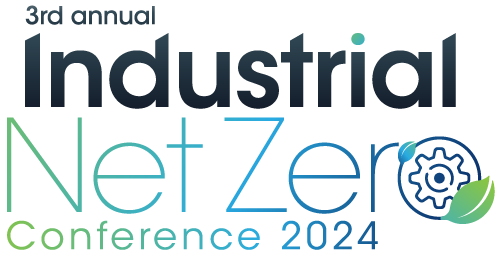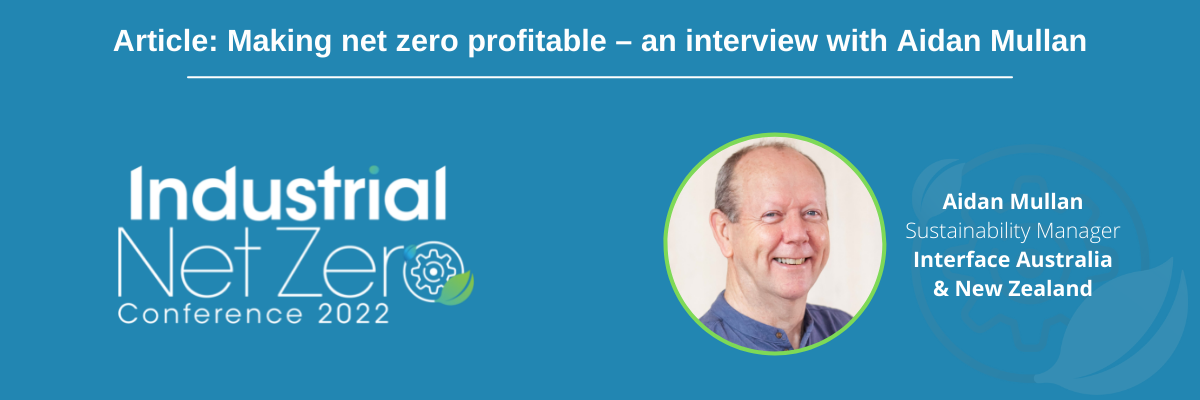By Kirstin Crothers
Whilst many businesses are only just beginning their plan to net zero, Interface has been working on sustainability since 1994. Aidan Mullan (Sustainability Manager, Australia & New Zealand) shares their story and addresses the important question of maintaining commercial viability through the journey to net zero.
Could you explain a bit about Interface’s net zero journey?
Since it was founded in 1973 Interface has become the largest manufacturer of modular carpet tile flooring in the world. In 1994 Mission Zero, a 25-year business plan to reach zero emission targets by 2020, was launched by our CEO and founder Ray Anderson.
We’ve been gathering information on our environmental performance since 1996, and have made significant progress. Ray was a compass for our journey, assembling the perspectives and ideas of environmental thinkers to gain a sound understanding of what it means to run a business sustainably. He pioneered redesigns of processes, products and technologies to reduce or eliminate waste and emissions. Under Ray’s leadership sustainability has become a part of our corporate DNA.
Our new mission is ‘Climate take back’; encouraging other companies to join in running businesses in a way that is restorative to the planet and creates a climate fit for life.
How does Interface reconcile the cost of putting sustainability first with the need to be a profitable business?
Based on the premise that we make a profit to exist, but that we do not exist to make a profit, and embedding sustainability in our business operations has driven profitability.
In the beginning of the Interface sustainability journey, we saw and understood the moral/environmental imperative, but it took some time to connect that to a business imperative.
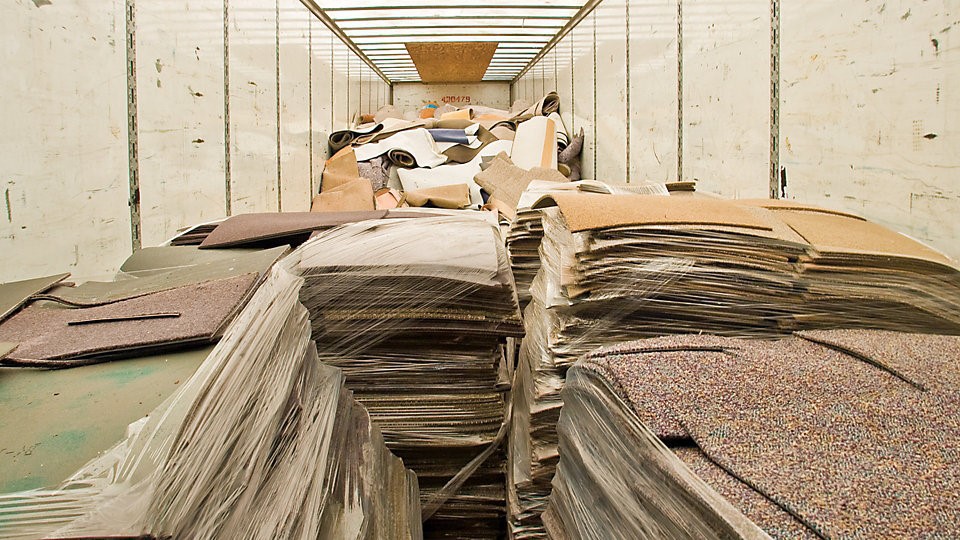
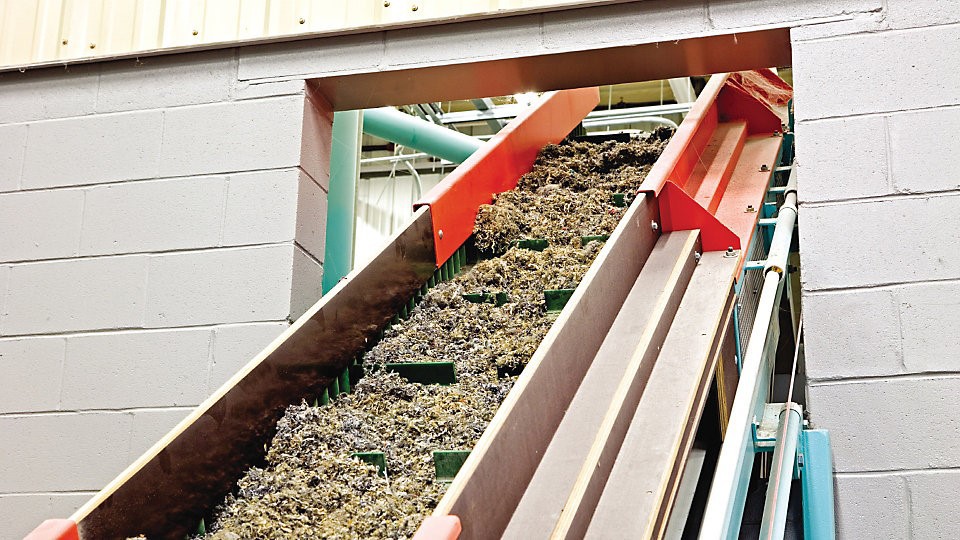
Sustainability only started to get real traction within the organisation when we all realised that this wasn’t just an add-on, something that was nice to do after we did our day jobs. We realised it could be integral to a much more successful organisation in a whole range of standard practices. In the early days at Interface, they used to say, “if you stood in front of your average CFO and said, ‘I’ve got a program here which can lower your costs, can lead to a much better product design, can lead you to many more customers, can increase your profitability, and can attract and retain fantastic people’, would [they] take it?"
That’s when we started to see that the change in business model could work. The focus on sustainability has driven not only waste reduction, energy and materials use efficiencies but it has also driven a strong culture of innovation across the organisation.
Can you give us some examples of how Interface’s sustainability standards have improved the bottom line?
Sustainability pays not only in hard cash savings but also in customer loyalty and increased employee morale and engagement. In the first 15 years of our purpose-driven initiative Mission Zero we achieved over USD400 million in savings through waste reduction alone, decreased the energy costs at our manufacturing facilities by 40% and increased market share 4-fold using biomimicry to redesign our flooring product.
Do you think a business has to totally re-engineer itself to achieve net zero, or is it something that can be built into existing processes and refined over time?
For us it was a paradigm shift, to replace the “take, make, waste” business model and replace it with one that was cyclical like nature. We started this process 28 years ago. Initially, we tackled the low hanging fruit, waste reduction, converting over to renewable energy and adopting new raw materials to manufacture our flooring.
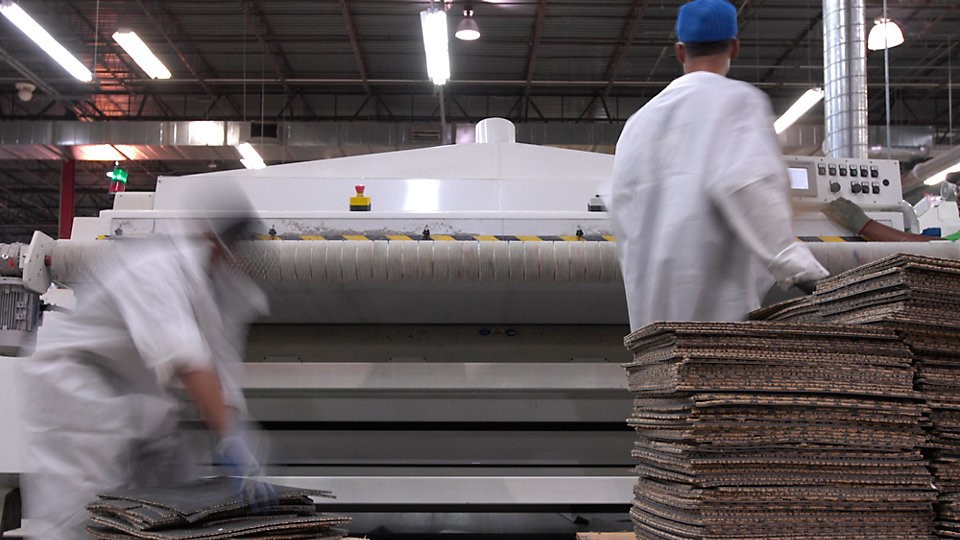
Once you set a net zero target, to reduce emissions to zero, this provides the business with focus and drives the organisation to completely rethink how it operates, to develop action plans and measurement systems to ensure it is achieving its goal. Much of this can be done by the business with less input from external stakeholders but achieving net zero is not just about reducing carbon emissions; it also requires moving towards a circular economy model.
We now realise that across our industry that there are a range of issues, particularly around the circular economy, which no one individual company can solve alone. We believe that we have a need for radical collaboration, looking outside and beyond our supply chain, across other supply chains and even working with our competitors in the market to make progress in this area.
Sustainability should not be a point of difference to gain market share and we believe it is changing that sort of competitive focus to, at least in some areas, recognise that we have to think in completely different ways to overcome some of the really difficult obstacles to achieving NZ.
Interface is working on the ‘next step’ – creating a carbon-negative business. What does that look like?
In 2017 we determined we had to do better than just doing no harm to our environment (read Climate Now), and we are now focused on being restorative, becoming a business that has a regenerative effect.
Our focus is to become a carbon-negative enterprise by 2040. Currently, we are a carbon-neutral business and we have achieved this by reducing our carbon footprint by 76% and mitigating the remaining emissions by purchasing offsets.
Interface endeavours to become a carbon-negative enterprise by 2040 as part of its Climate Take Back™ mission. This goal uses a science-based approach by committing to aggressive GHG reductions that go beyond zero in a 20-year timeframe. The 2030 SBT represents an important halfway milestone on the company’s journey.
This means we must tackle scope 3 emissions and we will work with our suppliers to achieve this.
A focus on the materials we use to manufacture our products will make a large contribution to success. Introducing innovative bio-based raw materials, combined with high recycled content, a “less is more” construction philosophy and using 100% renewable energy allowed us to market the first carbon-negative (cradle to gate) carpet to the Australian market in 2021.
Any words of advice for those beginning the path to net zero?
The first step is to educate yourself, to understand how, through your activities, you are impacting climate and the actions necessary to redress our impacts.
The key to being confident that you are truly addressing carbon emission is getting a holistic view of what exactly net zero means (scopes 1, 2 & 3) and then looking for ways to meaningfully address it within your organisation and the wider business world. Networking with your peers and learning from others is a vital part of the journey.
You can hear more from Aidan Mullan during his session Realising the benefits for business (and the environment) of an established culture of continual improvement and the PANEL DISCUSSION: What are the key metrics to measure and analyse on the journey to net zero?
For more exclusive content written for energy industry professionals sign up to the Energy Insights blog. Energy Insights looks beyond the hype and provides you with the content you need to understand the market dynamics and technological changes that are shaping the energy sector. View the blog here.
